Today, we will discuss the most interesting developments along the front line, focusing on Sumy, Toretsk, Pokrovsk, and Novopavlivka.
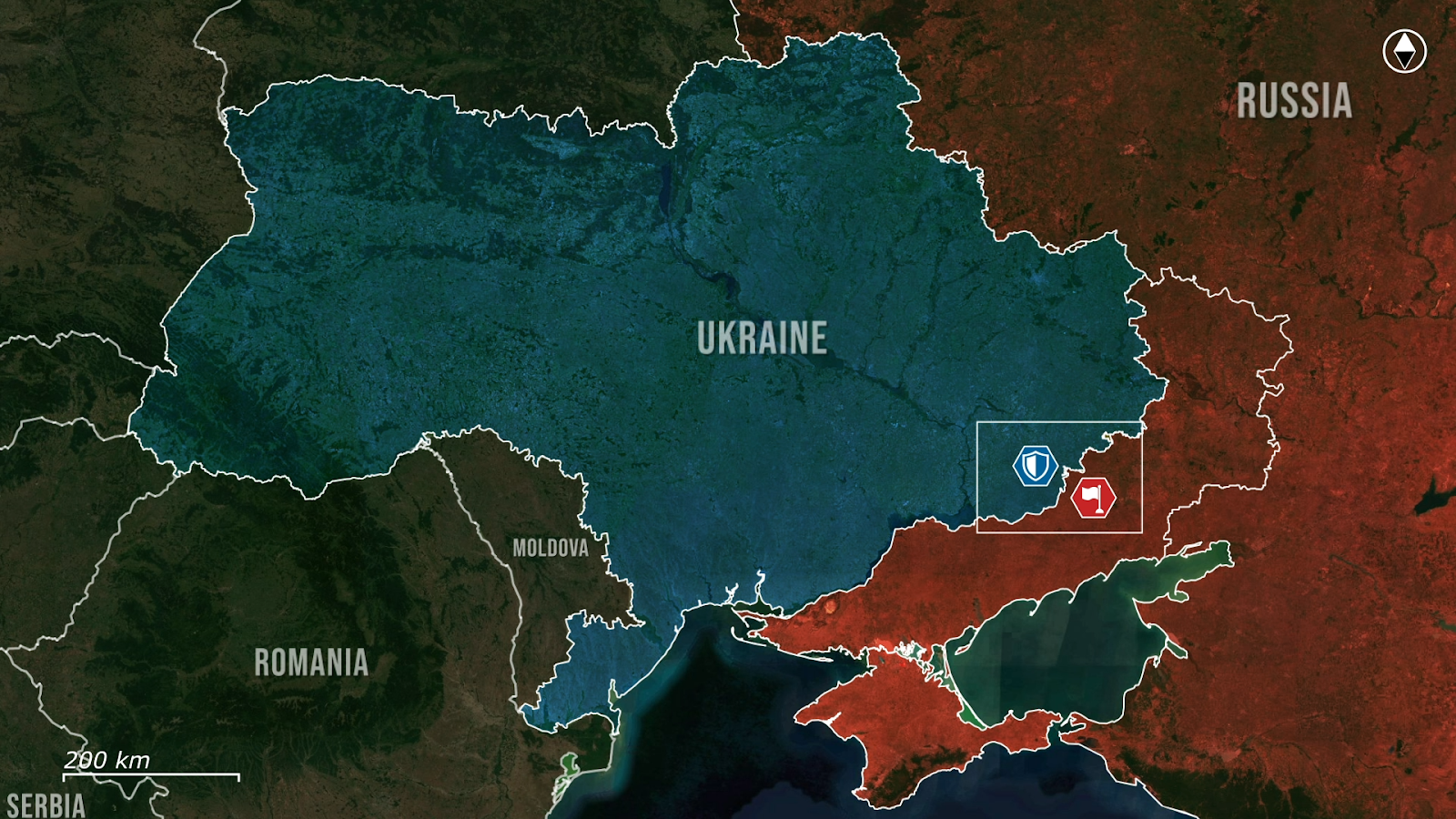
In the Sumy sector, Ukrainian forces continue to press their advantage following the recapture of Andriivka. Recent Russian counterattacks aimed at retaking the settlement ended in disaster, with geolocated footage showing fields littered with Russian casualties and destroyed vehicles. Ukrainian military analysts confirmed these failed assaults have further depleted Russian manpower and weakened their frontline capabilities.
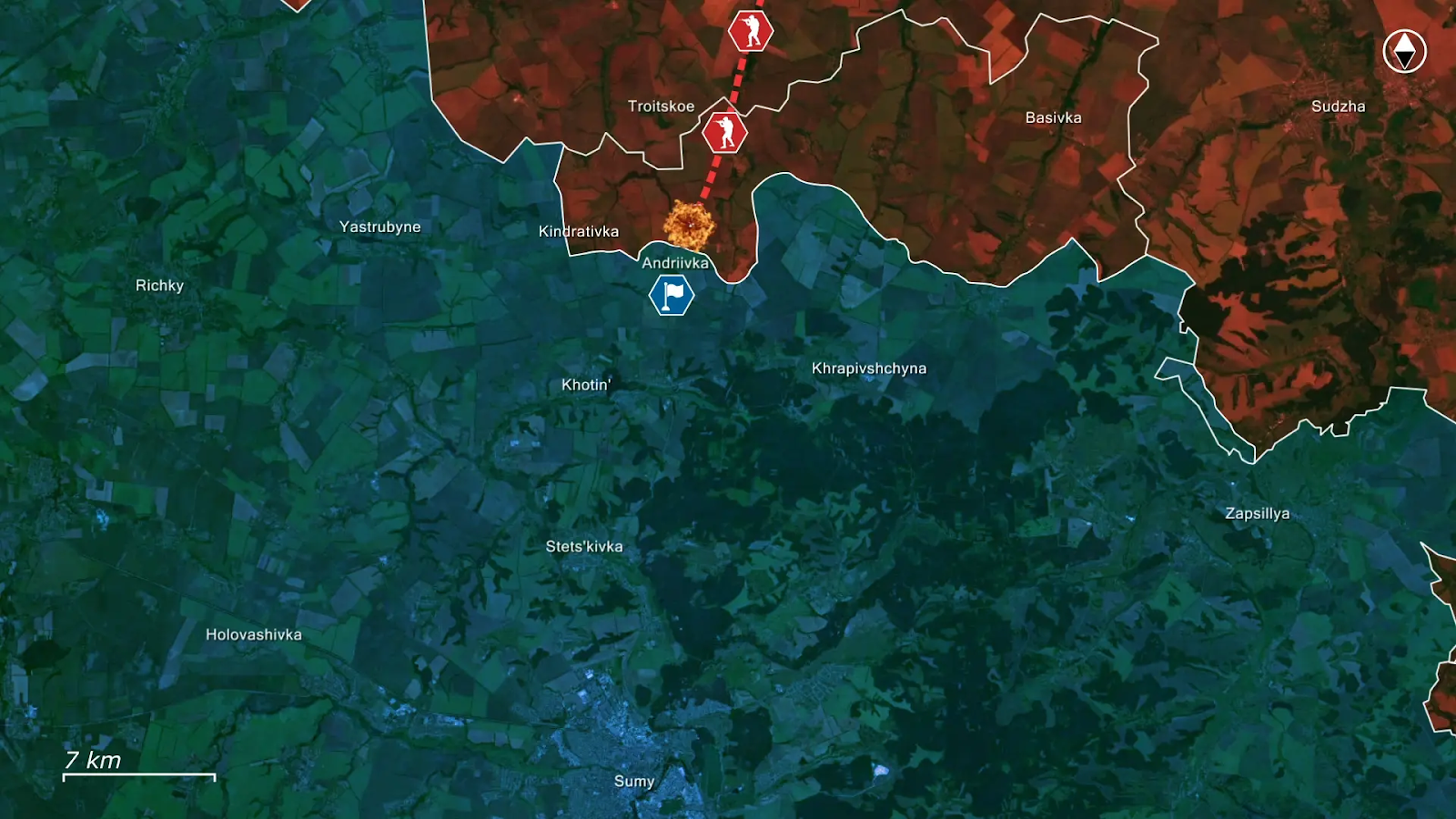
Meanwhile, Ukrainian troops executed a swift and coordinated pincer assault on Kindrativka. After intense drone and HIMARS strikes eliminated major resistance, Ukrainian forces moved in and secured the settlement with minimal resistance. The operation also allowed Ukraine to partially control a local road leading to the nearby border. This success marks another step in stabilizing the northern frontier and keeping Russian forces away from the regional capital.
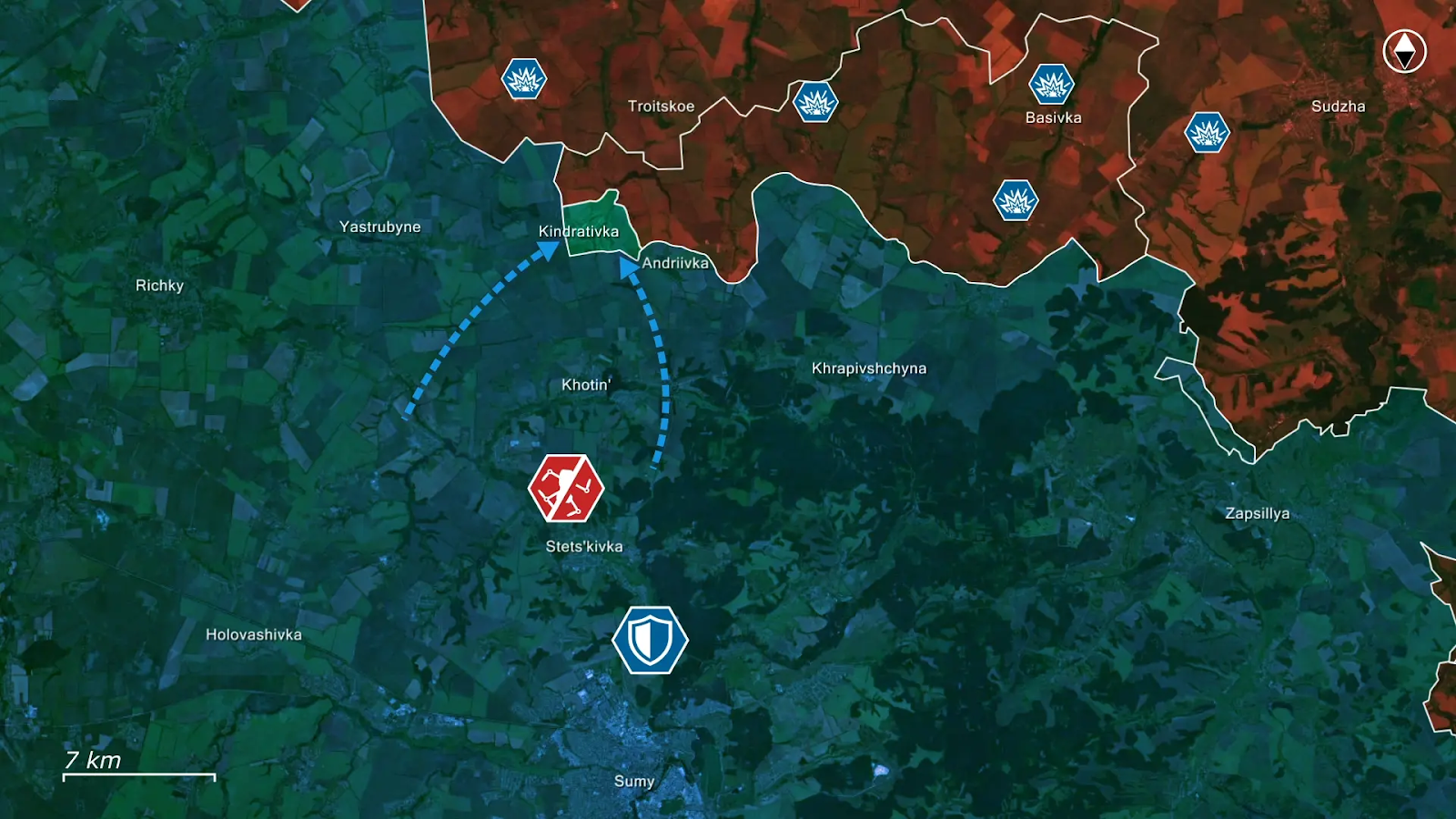
Moving to the Toretsk sector, Russian forces continue to pressure Ukrainian defenses from multiple angles, gradually pushing the gray zone further out of the town. While Ukrainian fire control remains present, it has become less critical, as the primary goal of halting a Russian breakout out of Toretsk toward Kostiantynivka has shifted with new enemy advances from other directions.
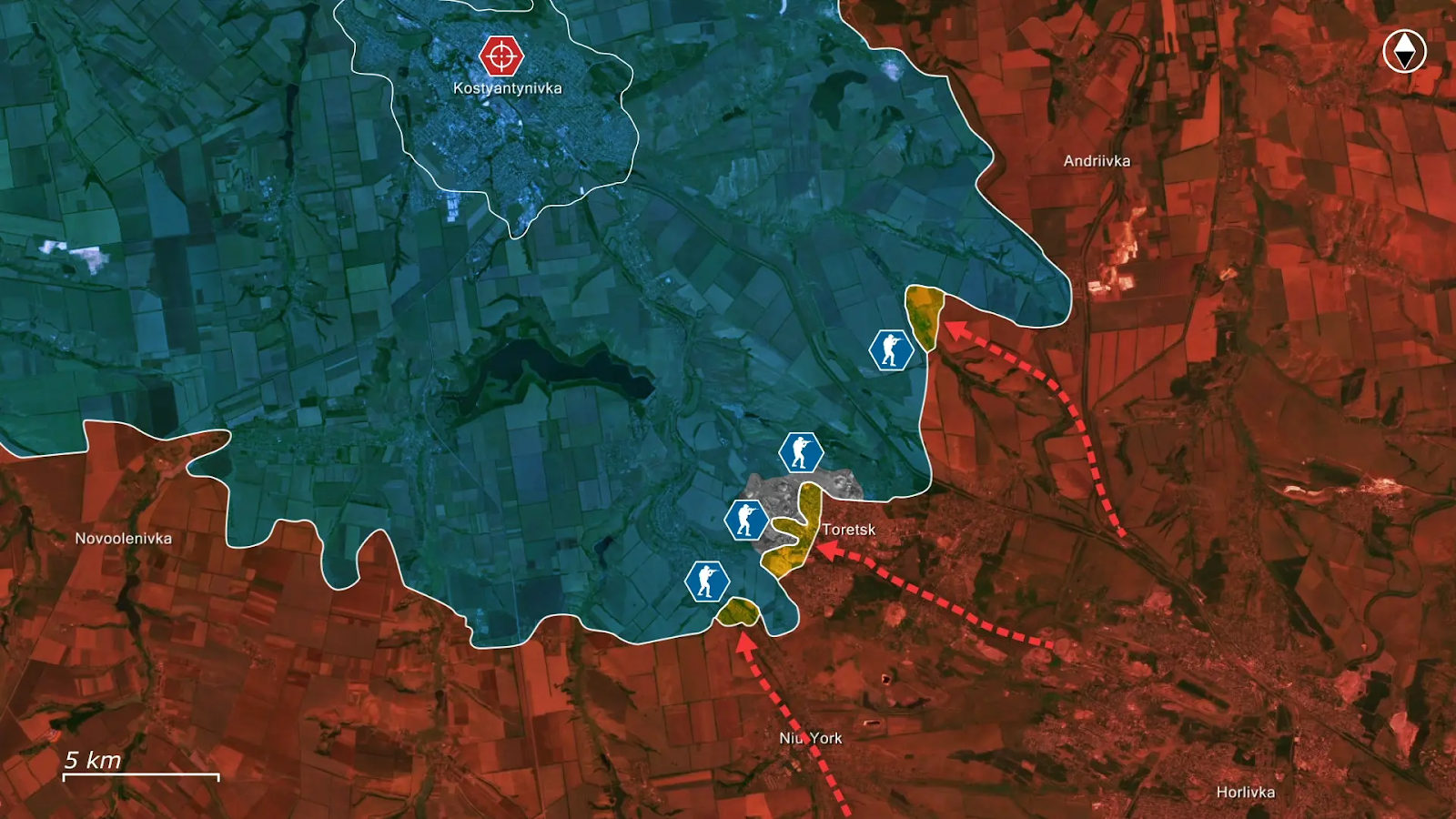
The Ukrainian command is now reallocating resources accordingly as Russian units have intensified strikes on the western outskirts, specifically targeting the area defended by the Azov Brigade. Recognizing the brigade’s battle-hardened reputation, Russian commanders appear focused on degrading Ukraine’s most experienced forces to weaken the broader defensive efforts in the area. However, with Azov’s proven resilience, rapid gains remain unlikely. Heavy and prolonged fighting is expected as both sides reinforce positions and prepare for sustained combat.
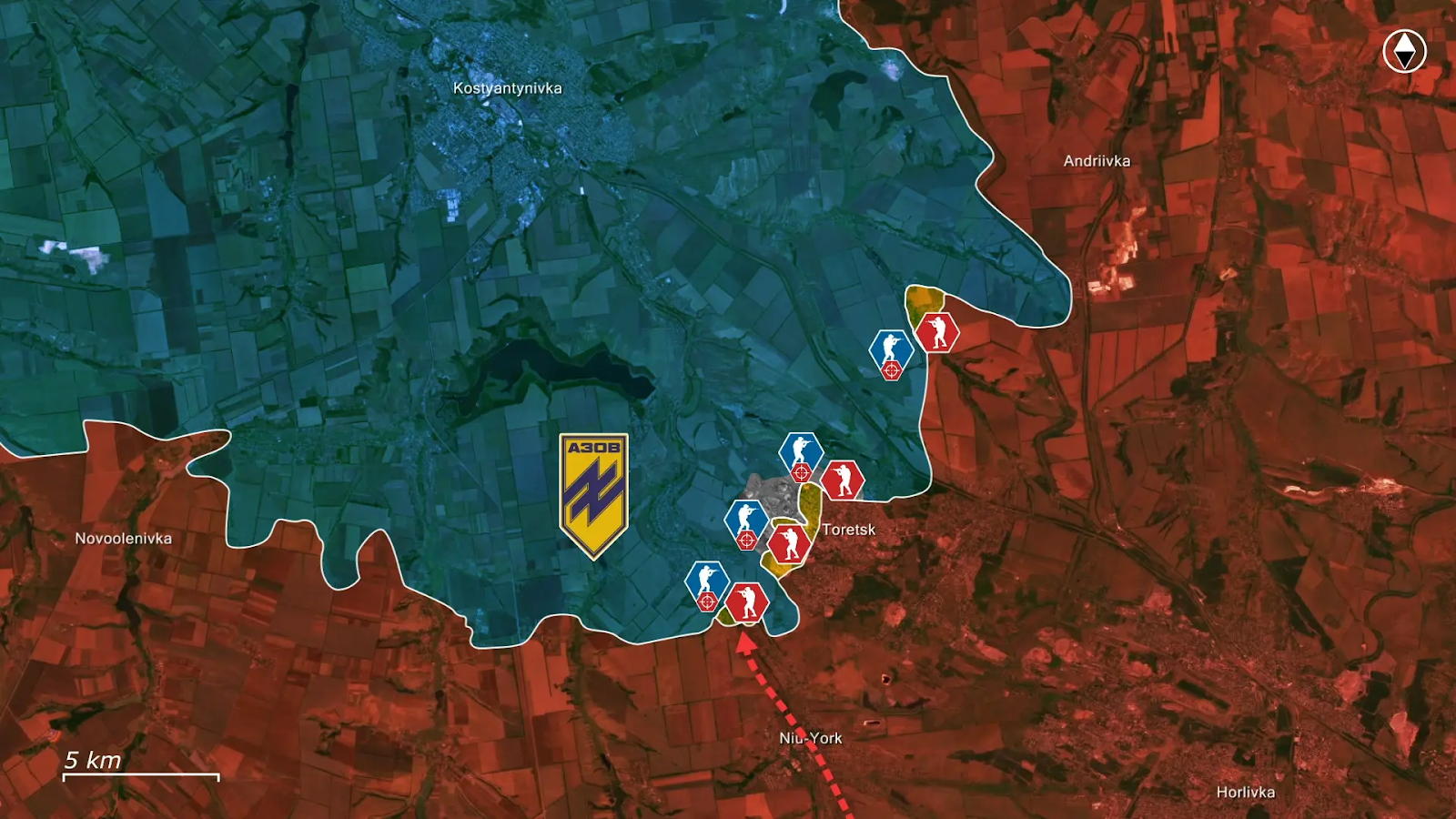
In the sector east of Pokrovsk, Russian forces have crossed the river and secured some ground and expanding operations near Fedorivka, seeking to pressure key mine waste heaps from both the north and east. Simultaneously, Russian troops are pushing northward, likely attempting to flank Ukrainian lines toward the west. This has resulted in growing gray zones, especially near the adjacent settlements after Fedorivka.
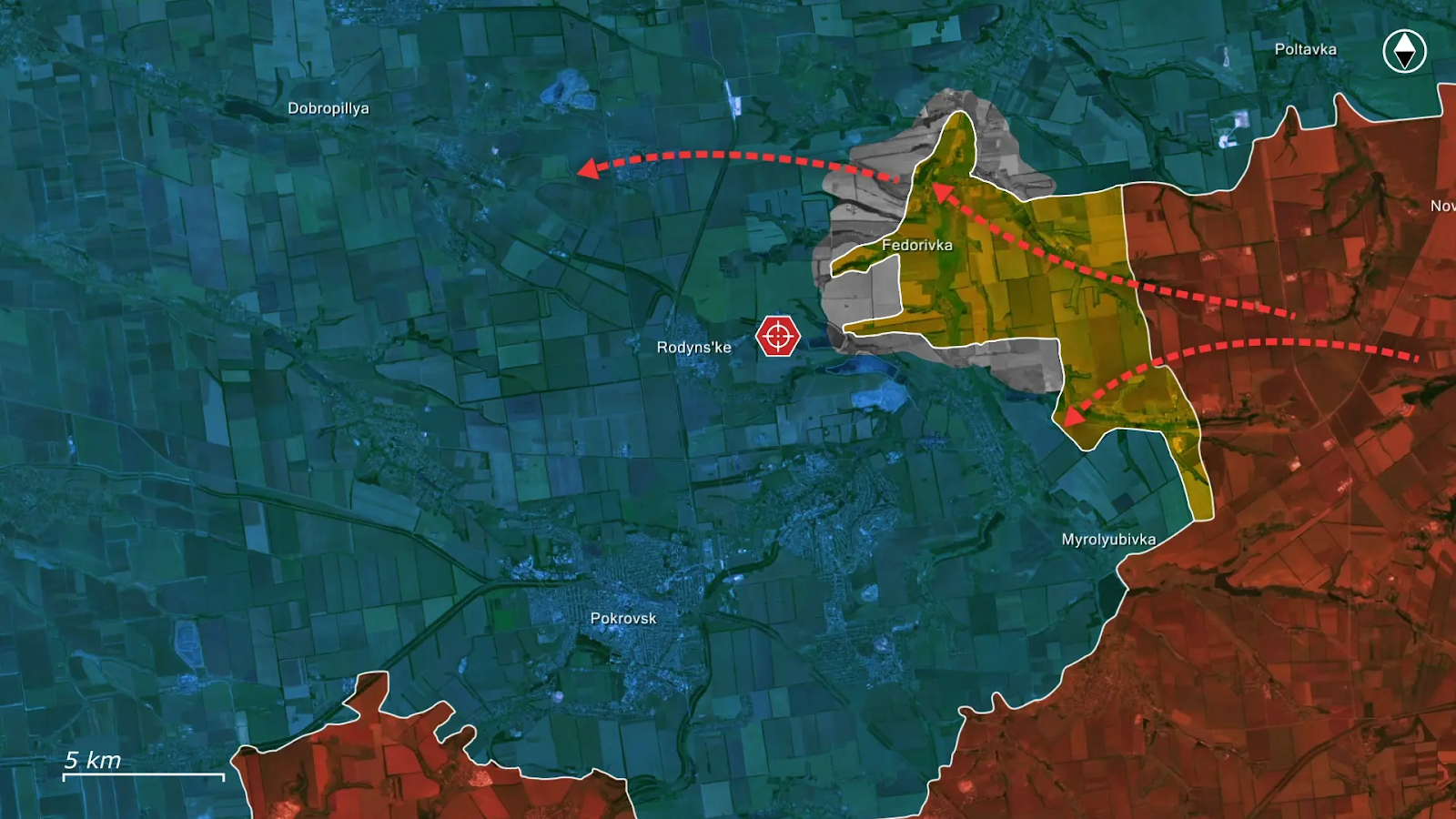
Similar to other directions, combat in this area now revolves around infiltration rather than frontal assaults. Small Russian groups aim to slip past Ukrainian positions and establish footholds deep in the rear. Most are eliminated by drones or artillery, but their presence forces Ukrainian troops to stretch thin to detect and destroy them. With ongoing manpower shortages, this tactic creates vulnerabilities that Russia continues to exploit along this dynamic front.
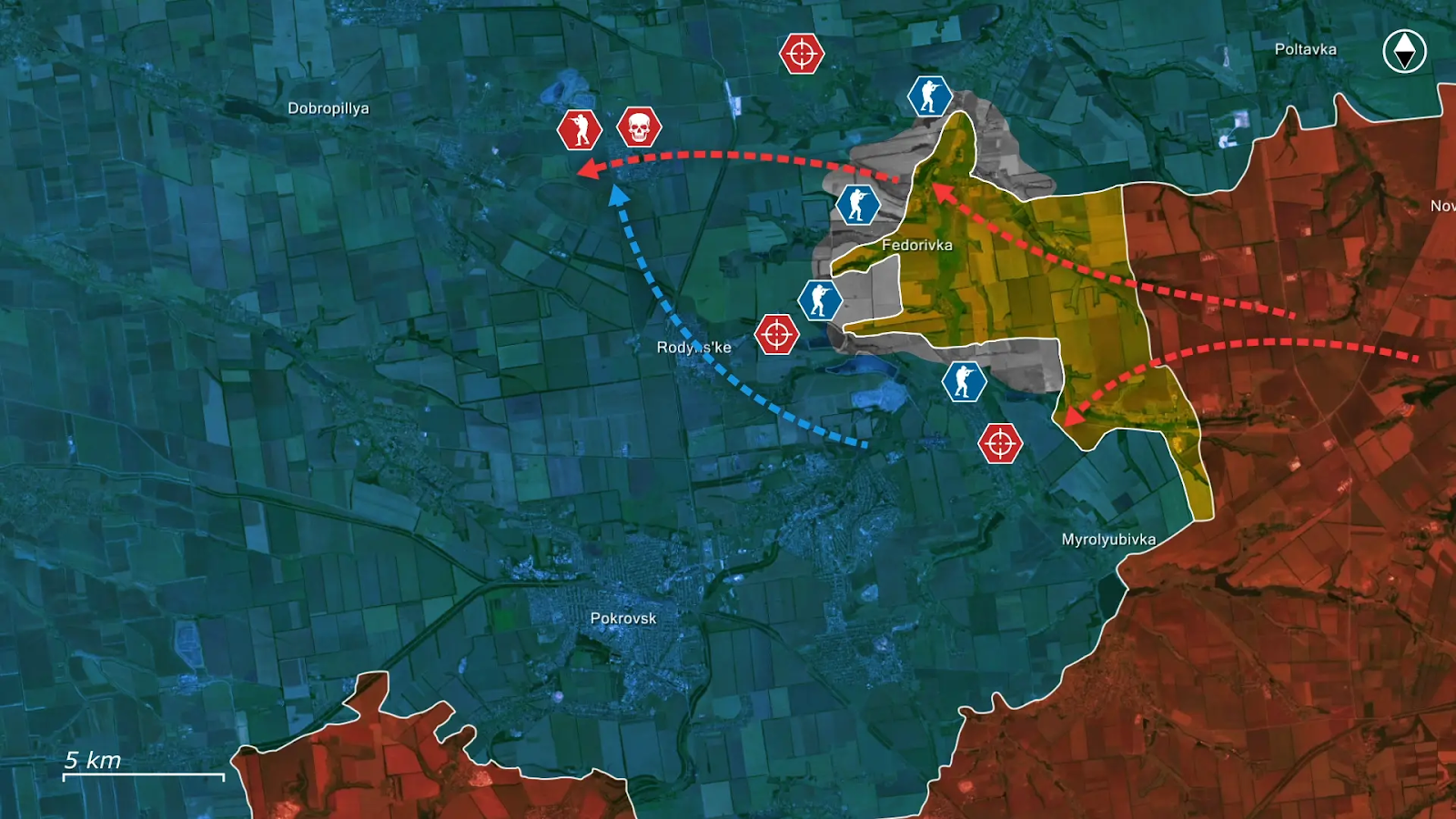
Moving to the sector west of Pokrovsk, the area around Zvirove has entered the gray zone, due to a shortage of infantry in the Ukrainian brigade holding it, allowing Russian sabotage-reconnaissance groups to infiltrate parts of the city. One such group reportedly used the terrikon area to ambush Ukrainian soldiers in a vehicle, taking advantage of local gaps caused by exhausted infantry units and unclear situational awareness.
The 155th Mechanized Brigade and the 68th Separate Jaeger Brigade were rapidly deployed to contain the threat and prevent a broader collapse. Search operations remain ongoing, with some Russian infiltrators eliminated while others continue to hide. Their objective appears to be seizing local streets and holding until reinforcements arrive. Confusion over enemy positions has led to several friendly fire incidents amid the ongoing urban combat, with Ukrainian soldiers reporting that the enemy has saturated the kill zone with assault groups, more active on foot at night, with the task to get into Pokrovsk and sow chaos behind Ukrainian lines.
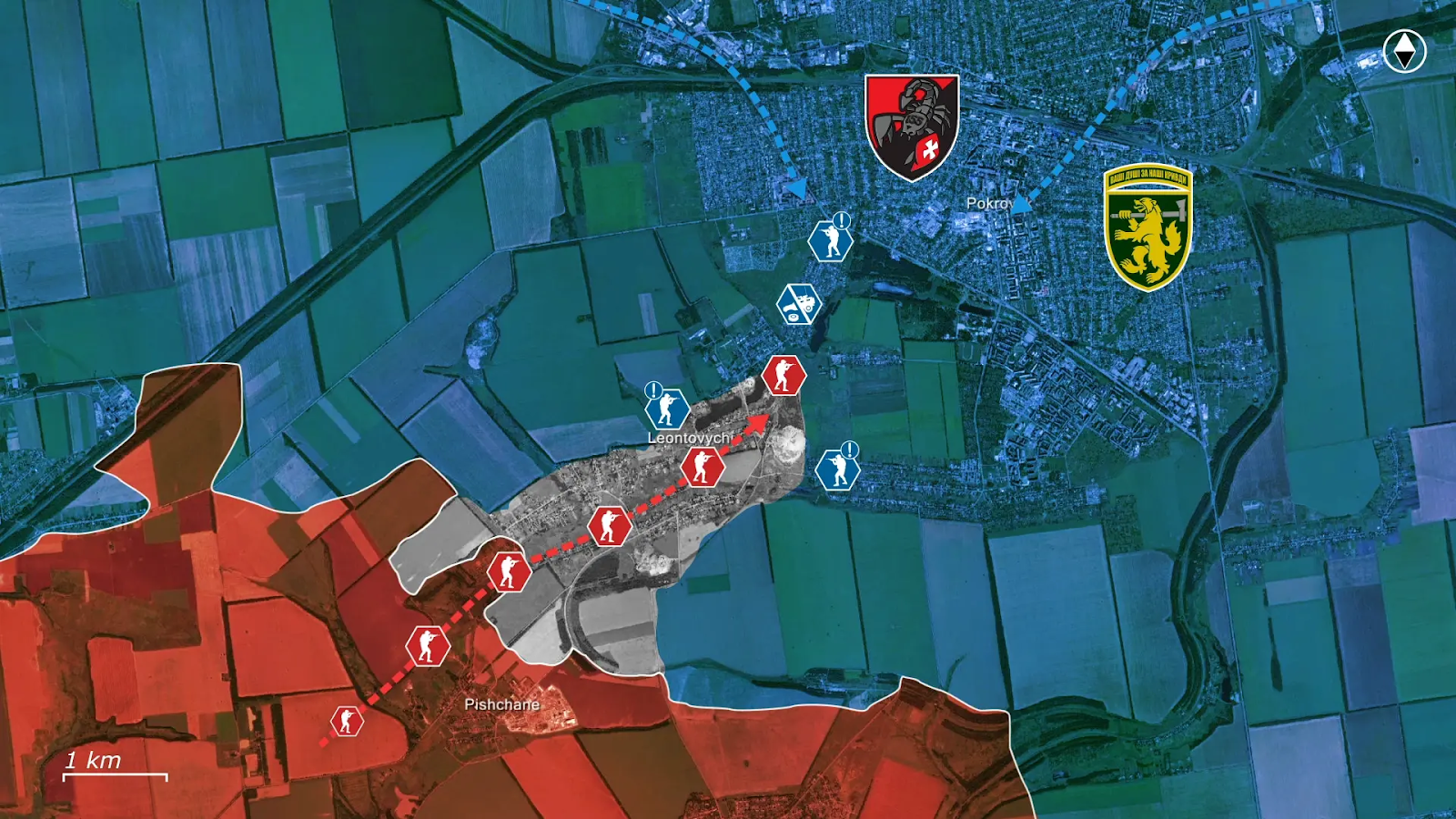
Switching to the Novopavlivka sector, Russian forces have solidified control over Oleksiivka, previously part of the gray zone, bringing a temporary leveling of the frontline. However, this consolidation has not translated into momentum, as Ukrainian defenses around Dachne remain intact and resilient against continued pressure.
Further Russian efforts near Zelenyi Hai and north of Zirka have produced only marginal gains at high cost. Progress remains slow, with significant losses mounting due to exposed assault tactics and effective Ukrainian attrition tactics draining Russian reserves. In response, Ukrainian forces have launched a localized counterattack toward Yalta, aiming to disrupt Russian movements by targeting their flank. This maneuver reflects a proactive strategy designed to prevent deeper Russian advances and maintain control over this contested stretch of the front.
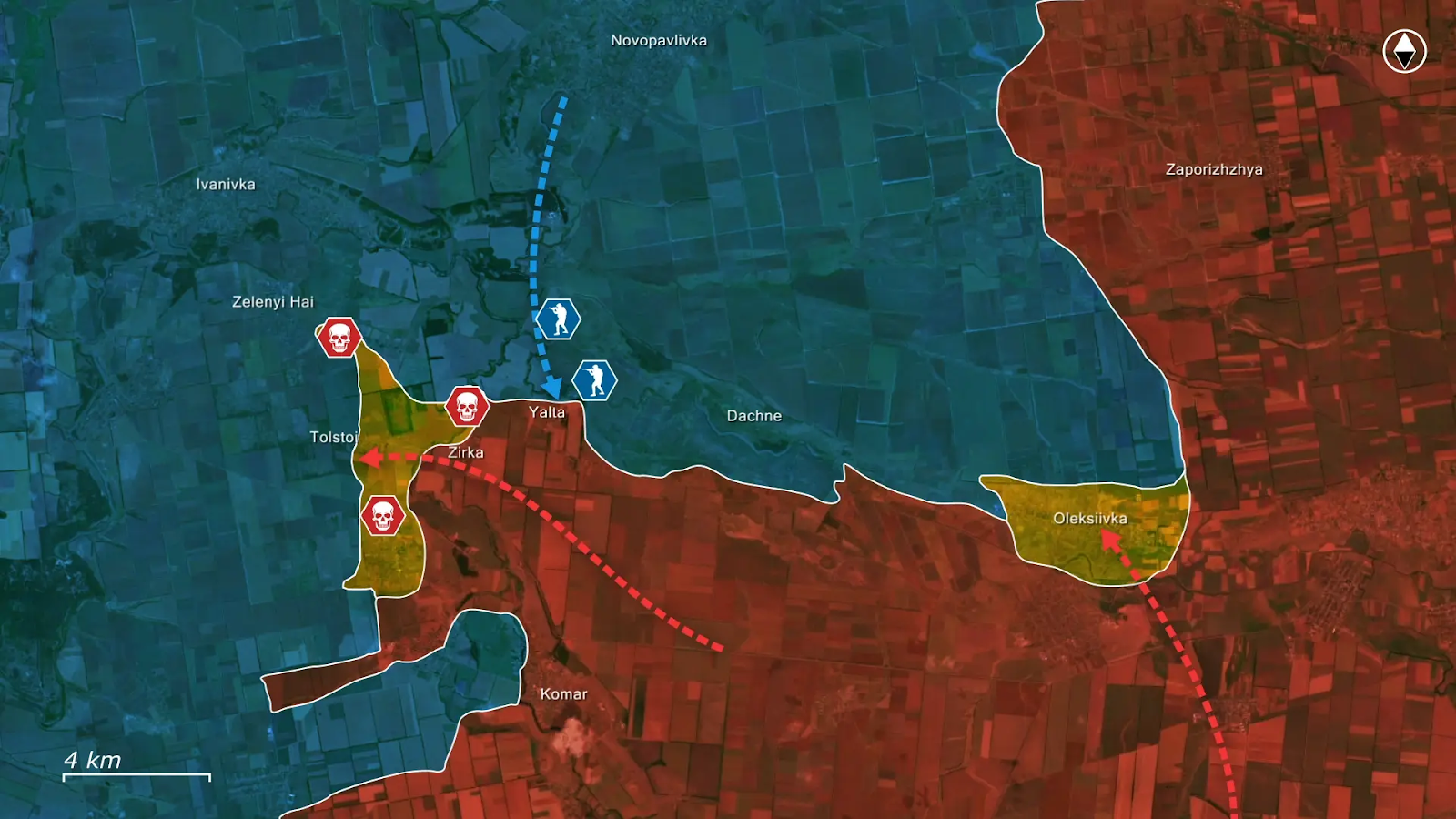
Overall, at Sumy, Ukrainian forces have continued their push towards the border by recapturing yet another settlement.
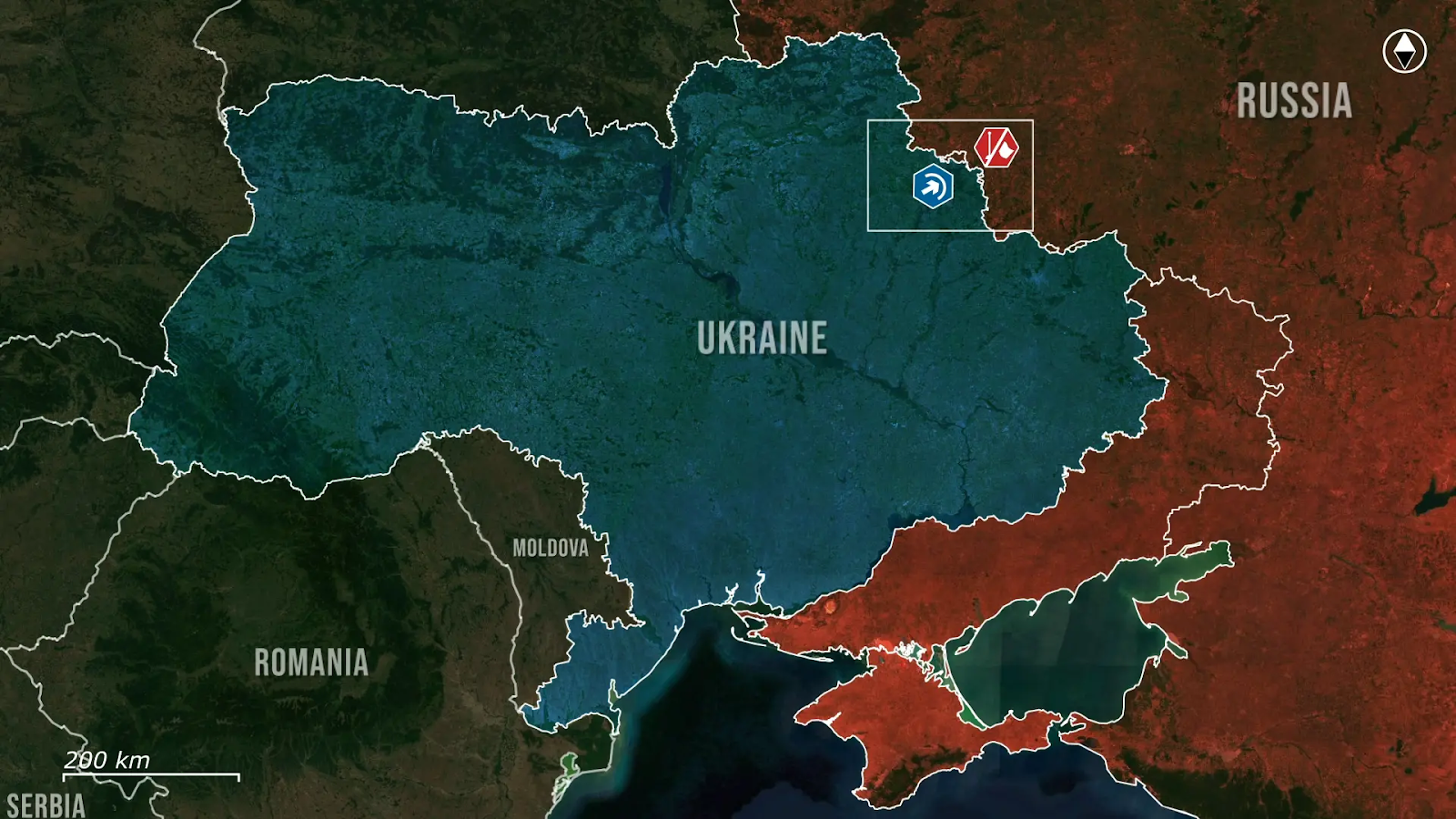
Meanwhile, in the Toretsk sector, Russian troops have managed to move the gray zone but now face some of the best Ukrainian fighting units standing in their way.
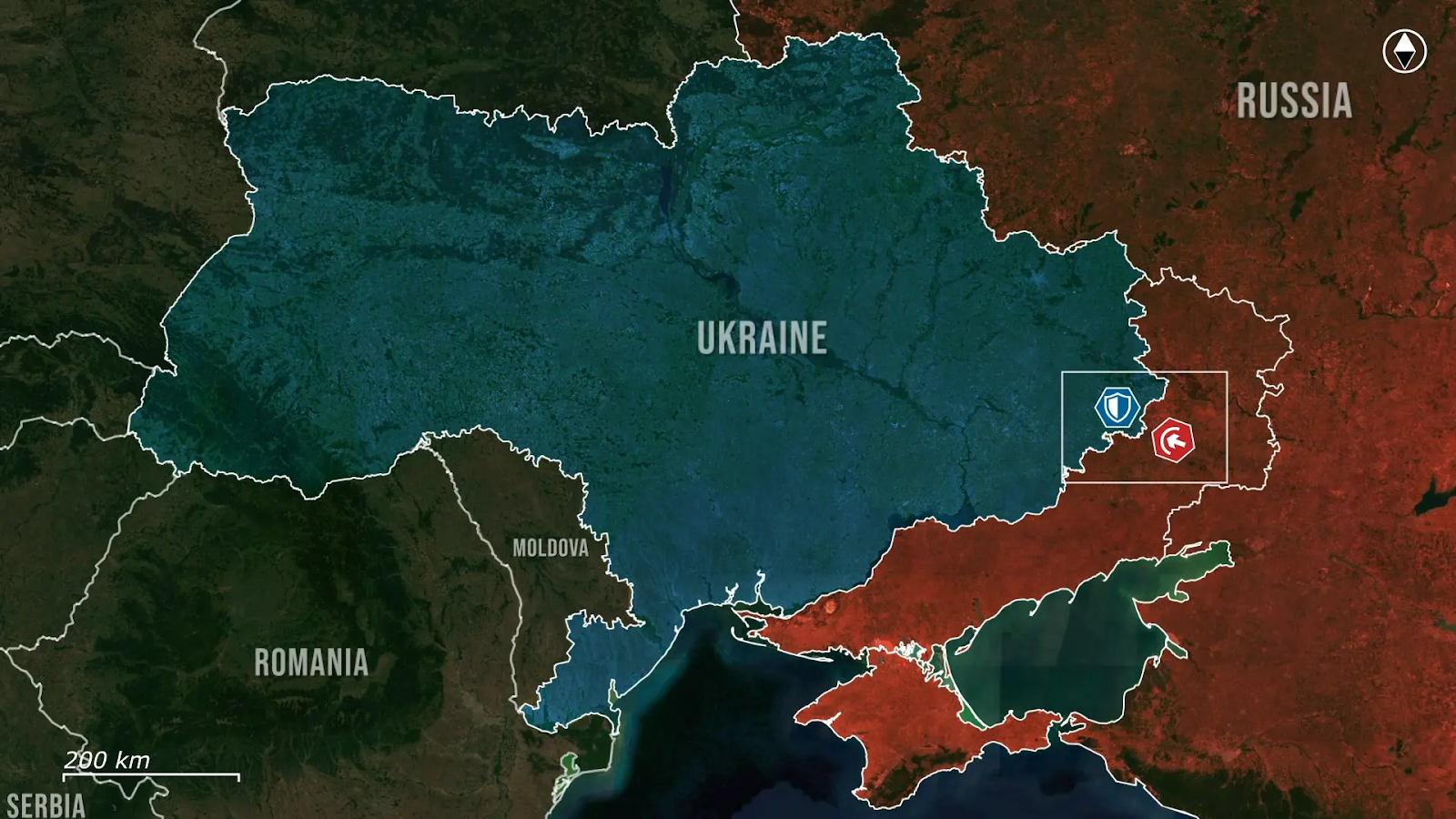
Near Pokrovsk, the Russians have closed in from the east and are attempting to infiltrate from the south, as Ukrainians work to hold the line and drain Russian reserves as much as possible.
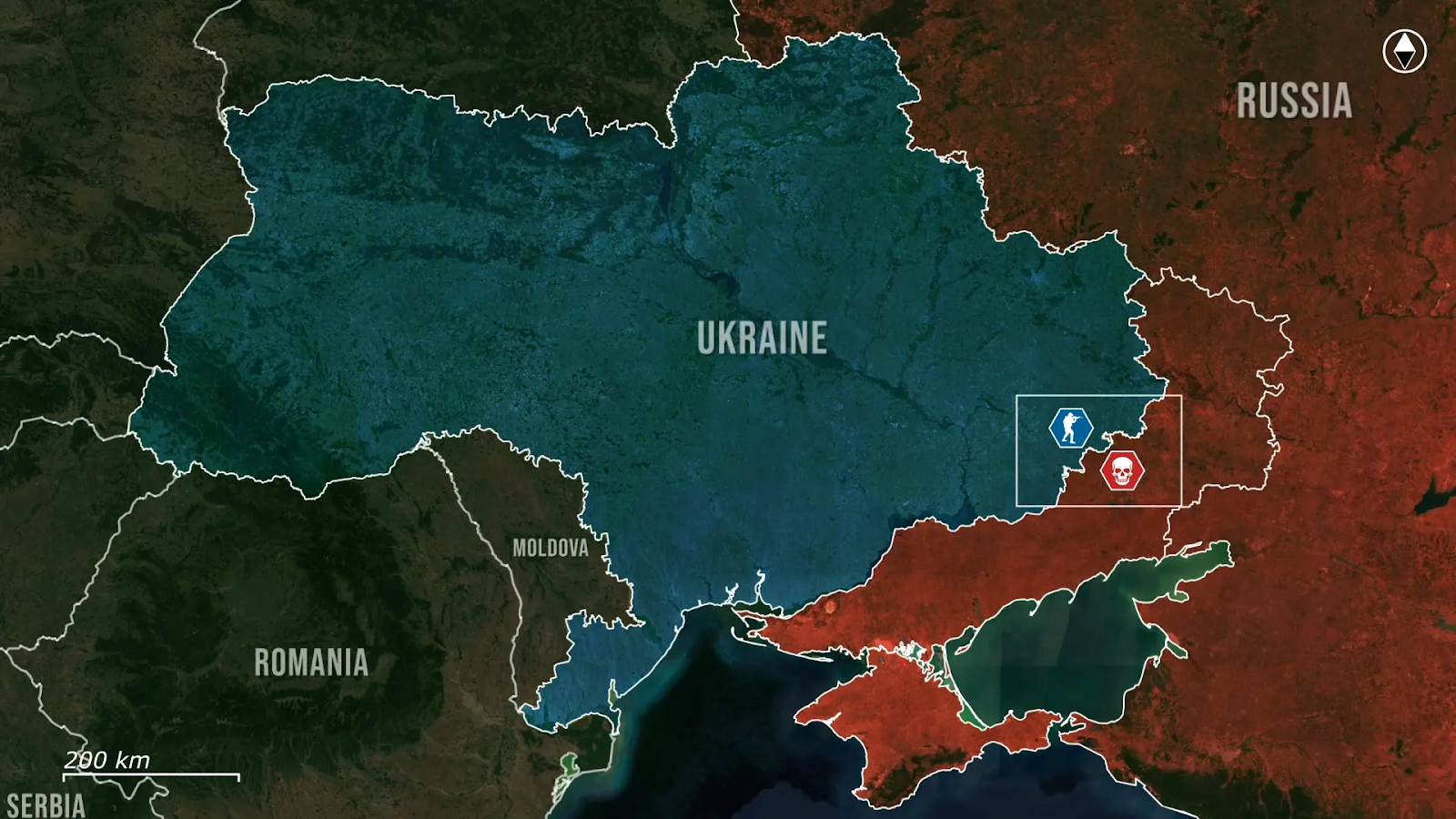
South of Novopavlivka, the Ukrainian defense on the border between the Dnipropetrovsk and Donetsk regions stands strong, with only minor Russian gains observed.
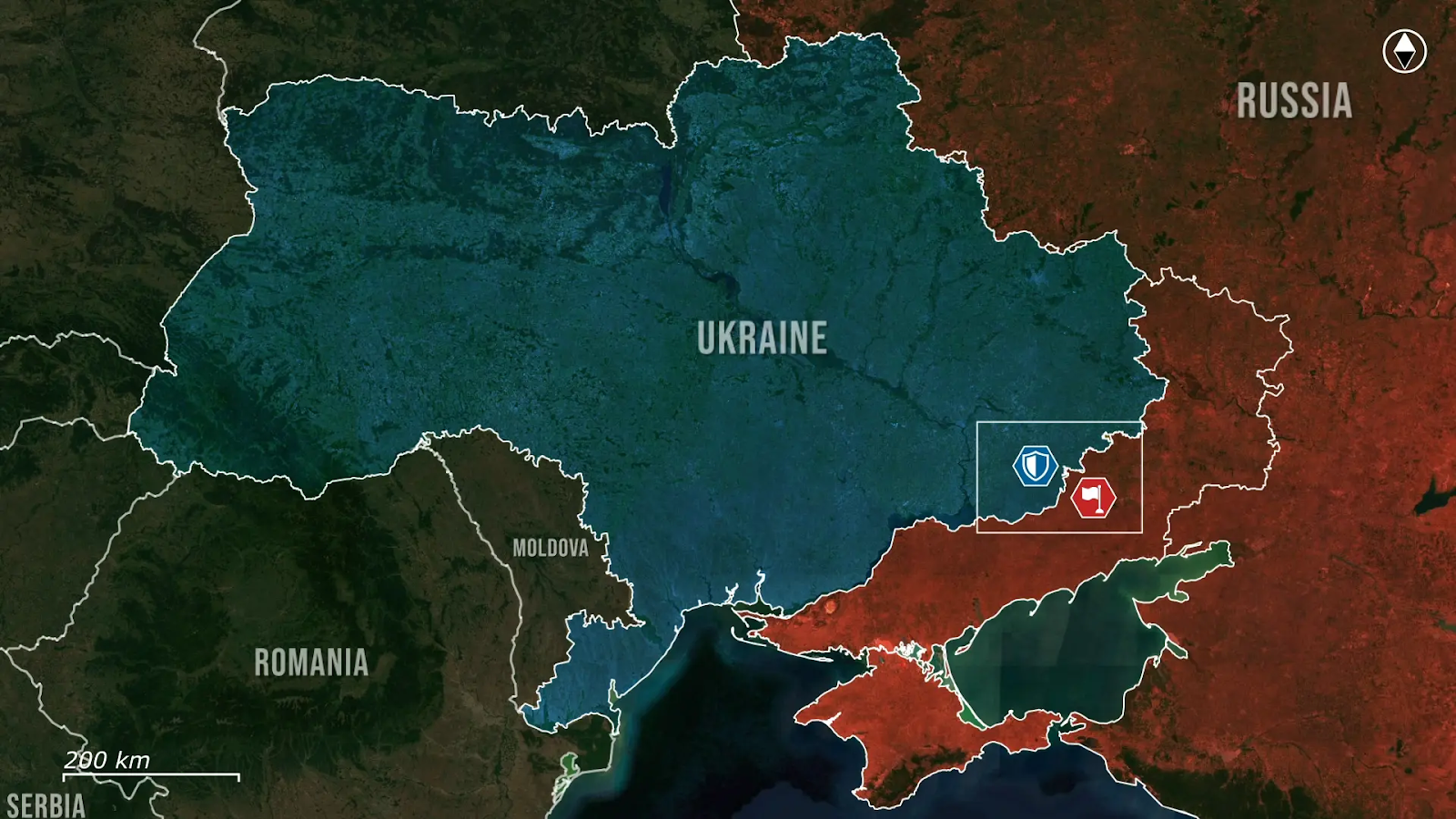









.jpg)
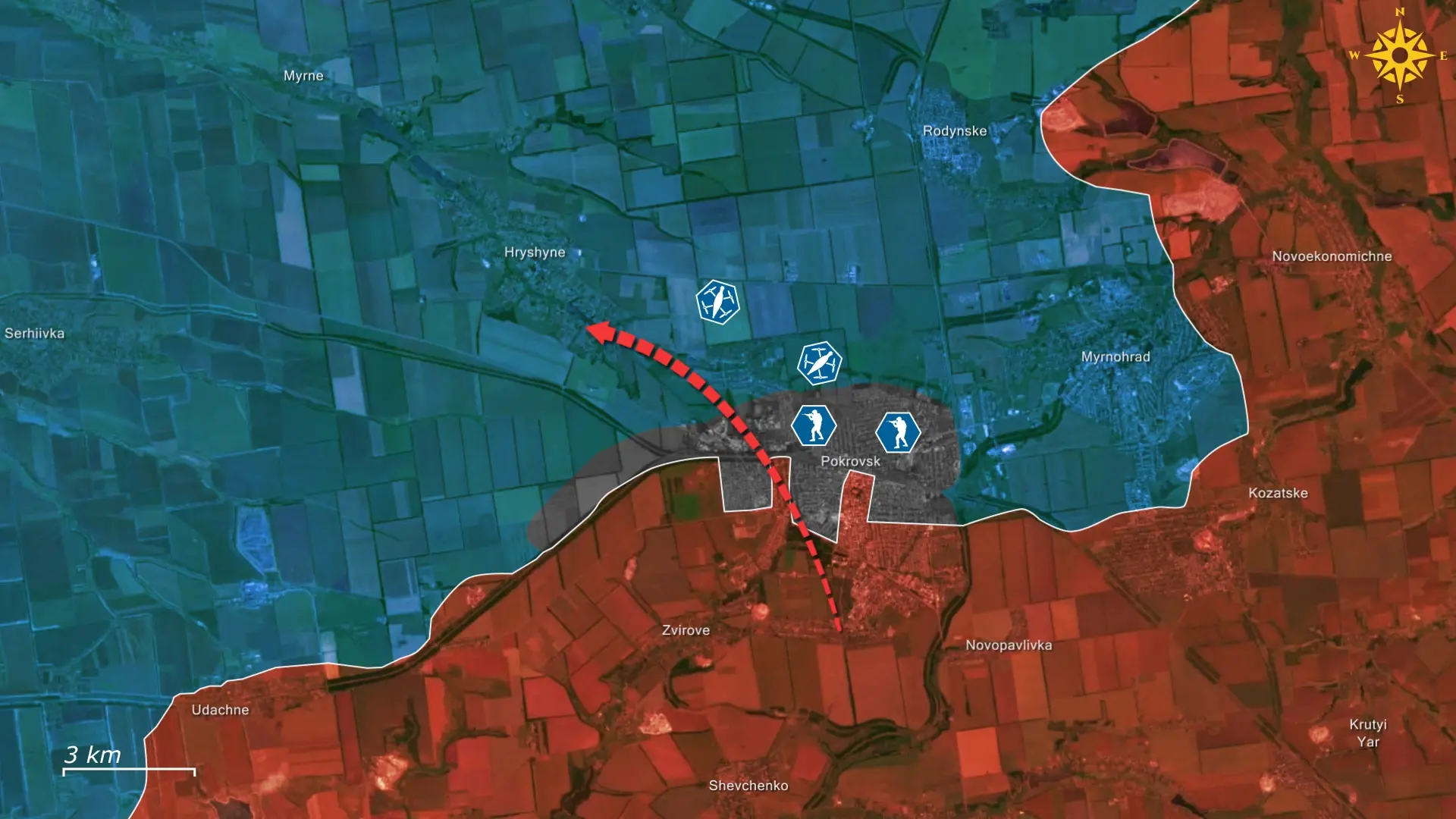
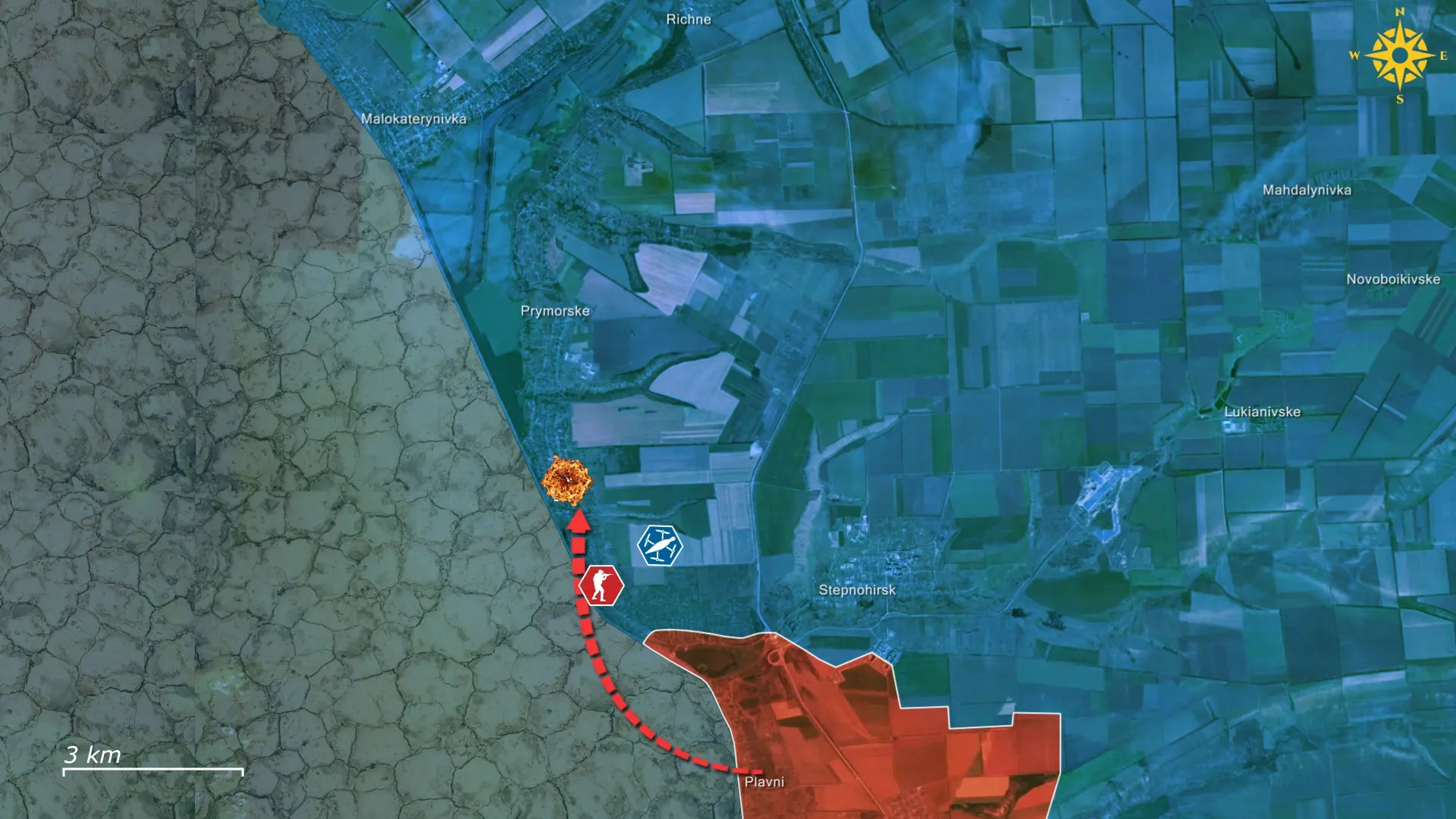
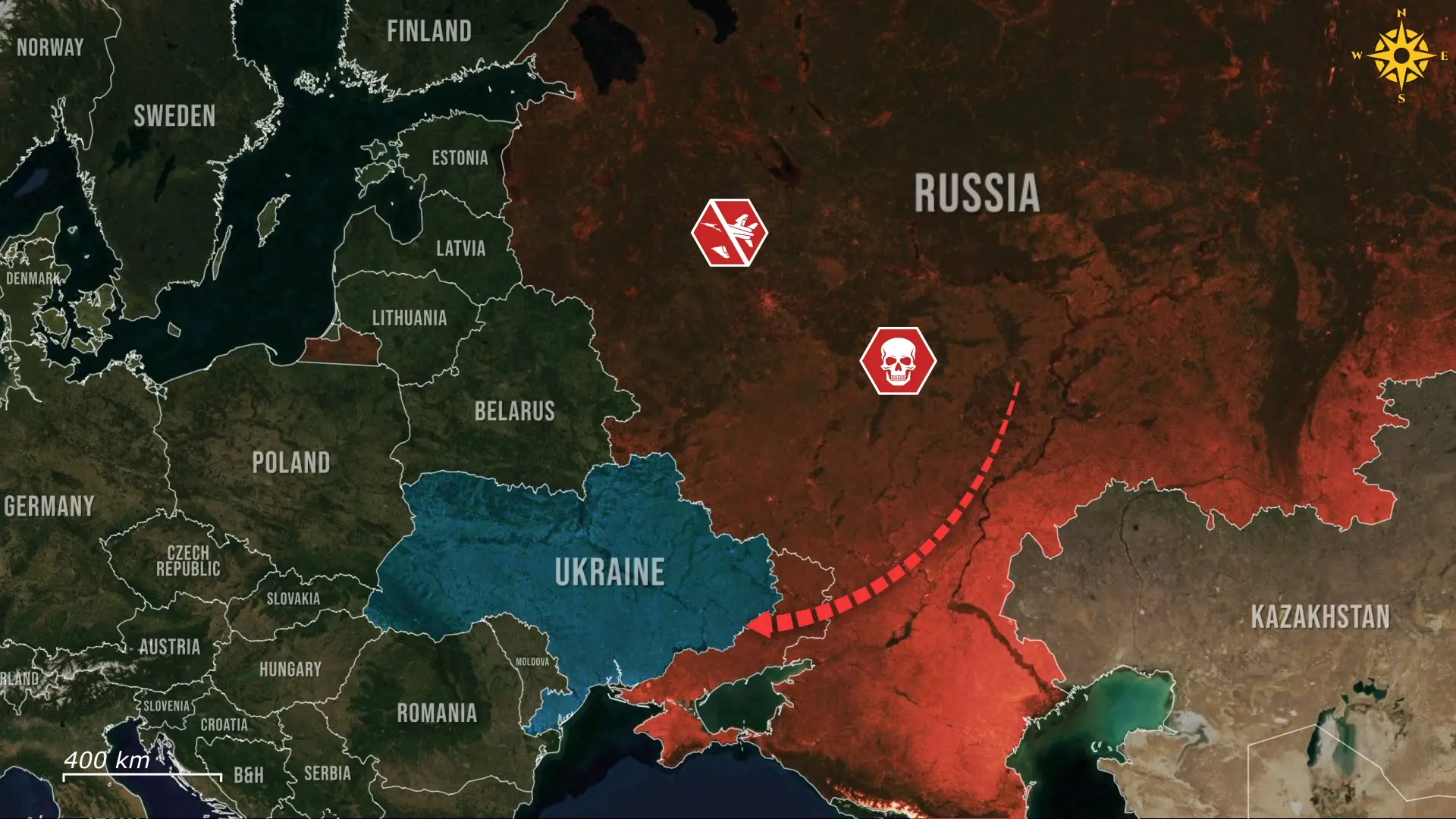
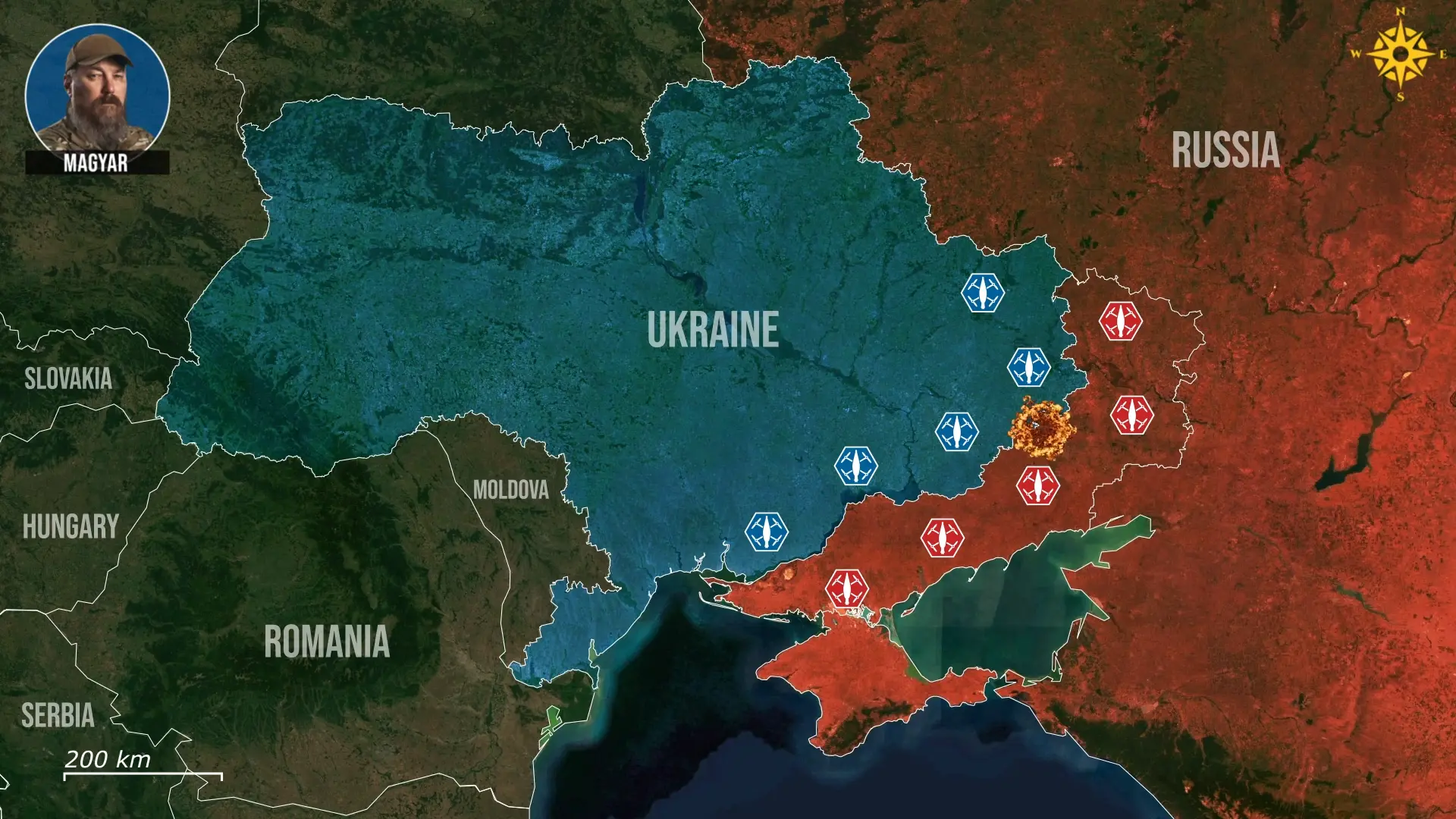



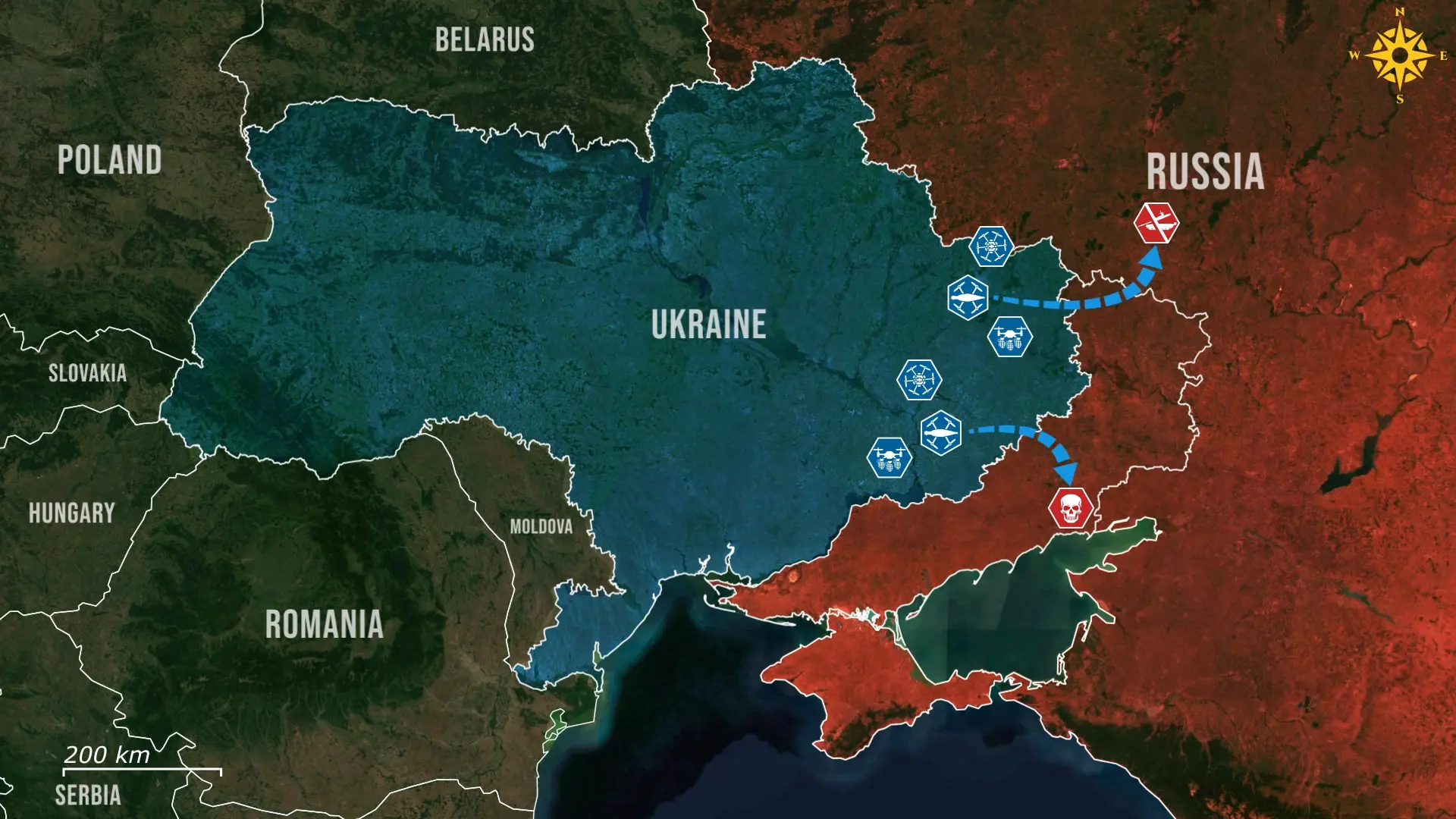
Comments